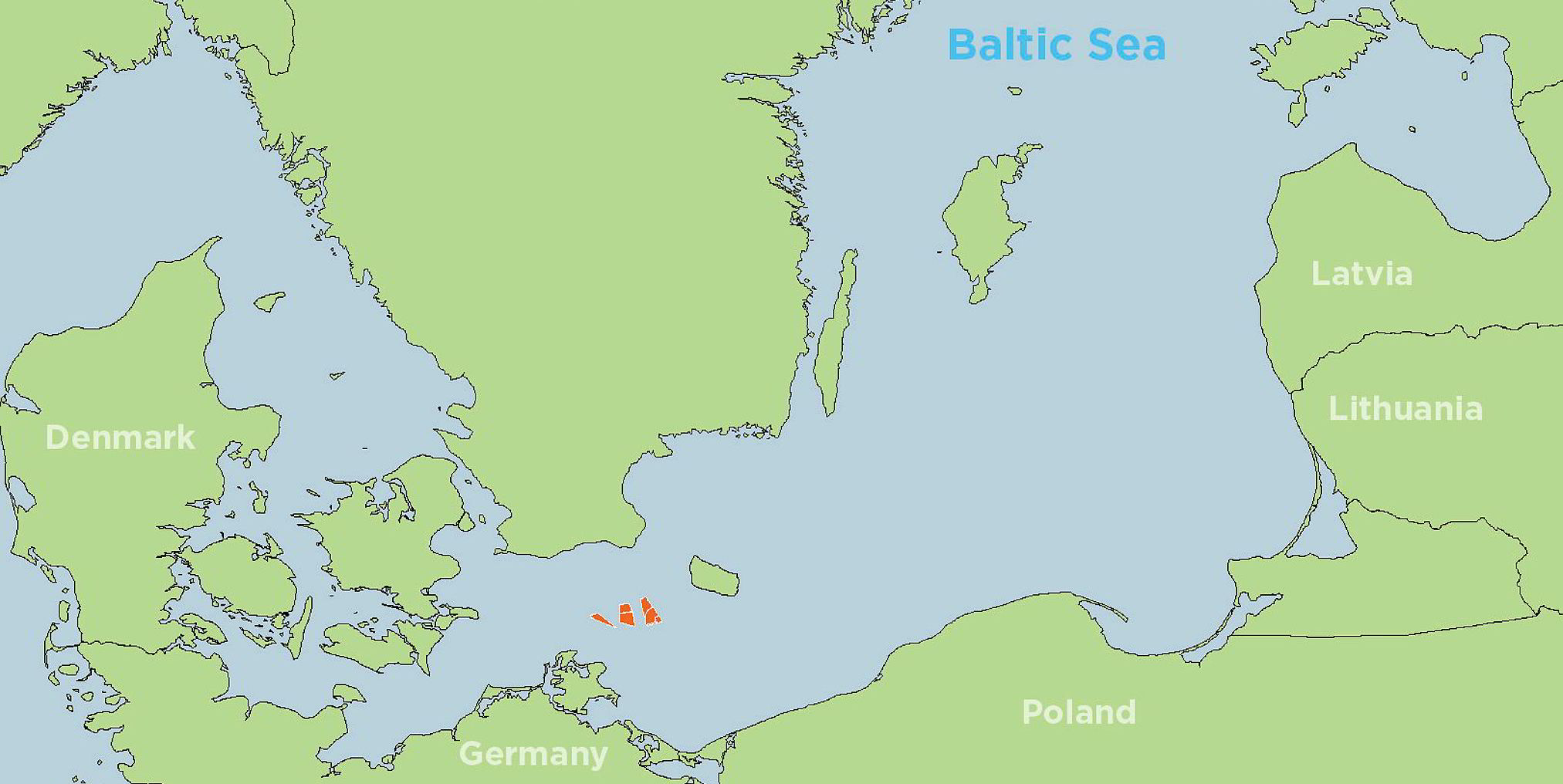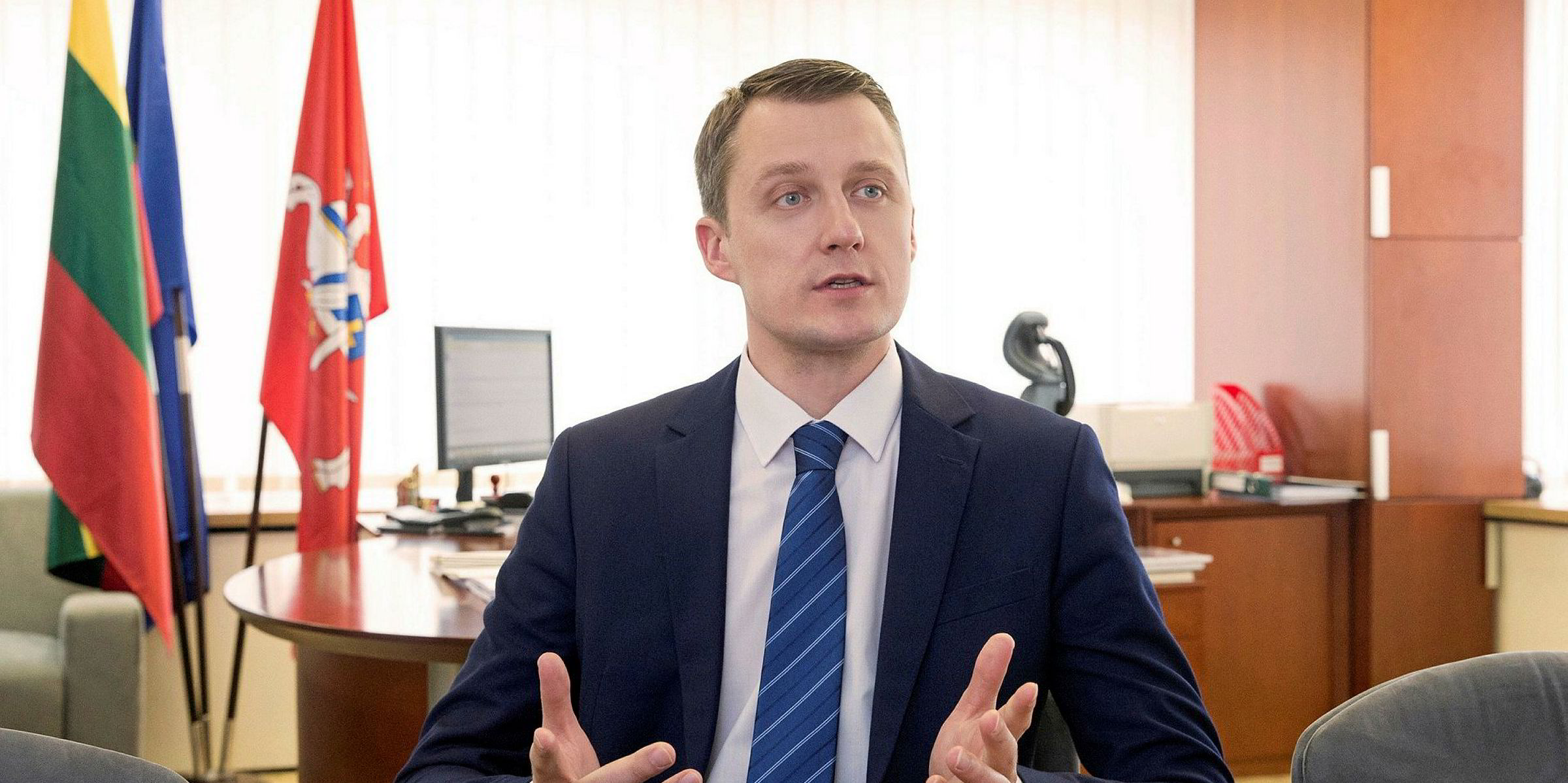A task force for the development of offshore wind has taken up work within Lithuania’s energy ministry to prepare the next stages of the Baltic nation’s planned deployment of up to 700MW of wind at sea by 2030.
The task force by the end of March is expected to make recommendations to the government on the possible stages of offshore wind development, models of grid connection, the allocation of responsibilities and connection costs, the selection of offshore arrays, the research required, possible support options and the regulation of offshore permits, the energy ministry said in a statement on its website.
“With the creation of the necessary legal environment and the development of wind energy in the continental part of Lithuania, the next step in the realisation of renewable energy targets is the generation of electricity from wind farms in the Baltic Sea,” said Rytis Kėvelaitis, vice president of the working group.
“Our goal is to maximize the potential of offshore wind in Lithuania and to do so in the most economically sustainable way.”
The task force includes representatives of the energy, environment, and transport ministries, the country’s energy regulator and energy agency, Lithuania’s wind power association, and the Klaipeda state seaport authority, among others.
Lithuanian energy minister Žygimantas Vaičiūnas at the WindEurope Offshore 2019 in Copenhagen last November said his country will need to have at least 700MW of offshore wind capacity up and running by 2030 to meet its climate goals.
Lithuania targets to have a renewable power share of 45% by 2030.
Vaičiūnas in November also said the country is considering holding first tenders for offshore wind projects within two years.



